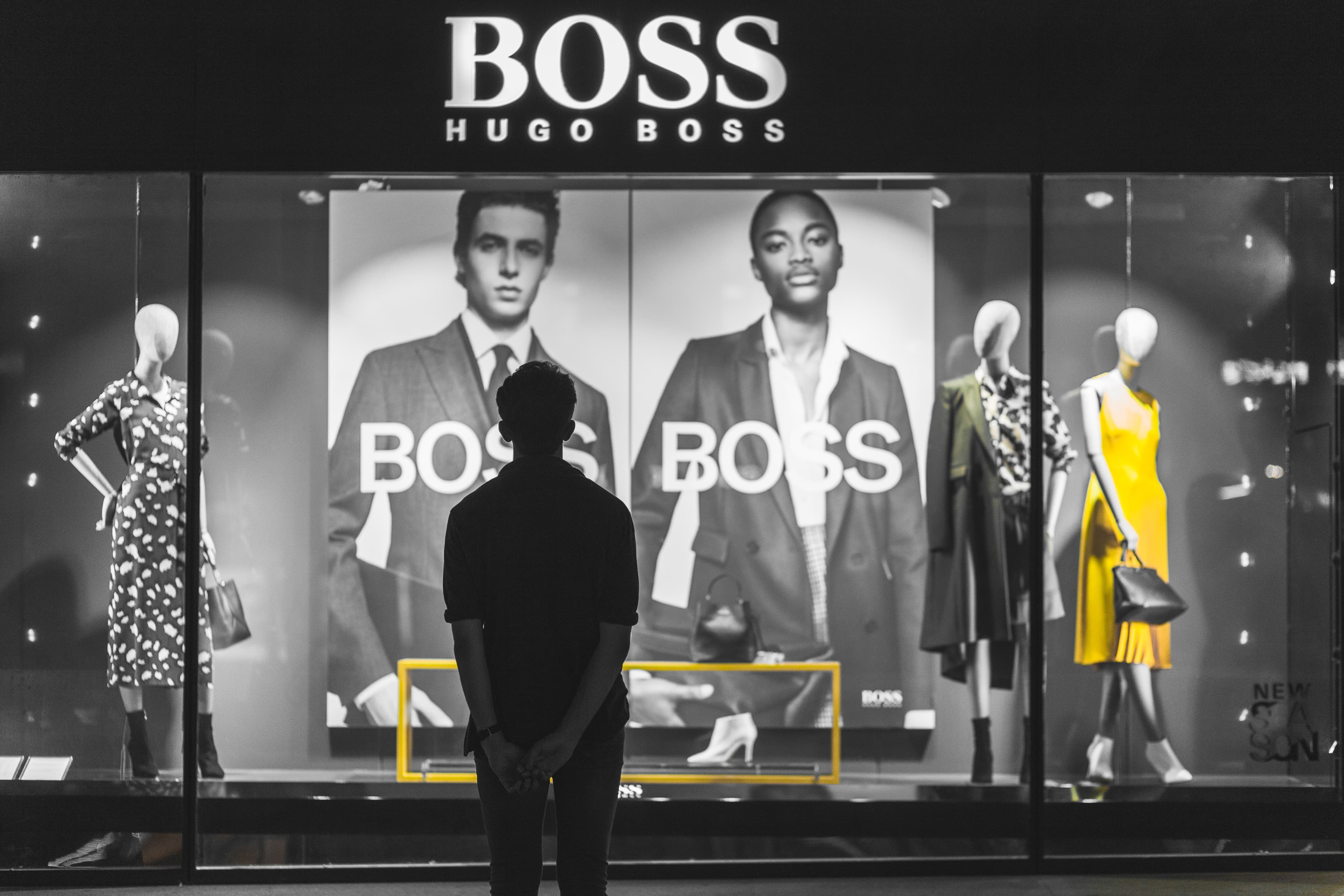
Stories of our clients: All-in-one platform WebSell
“WebSell is an all-in-one platform, meaning that we handle everything when getting businesses online. We have big plans for the brand so securing a trademark for our new name in various territories was essential.” Read the full story of WebSell, another satisfied client of Trama, from the perspective of Cillian McGillycuddy, marketing manager at WebSell.




